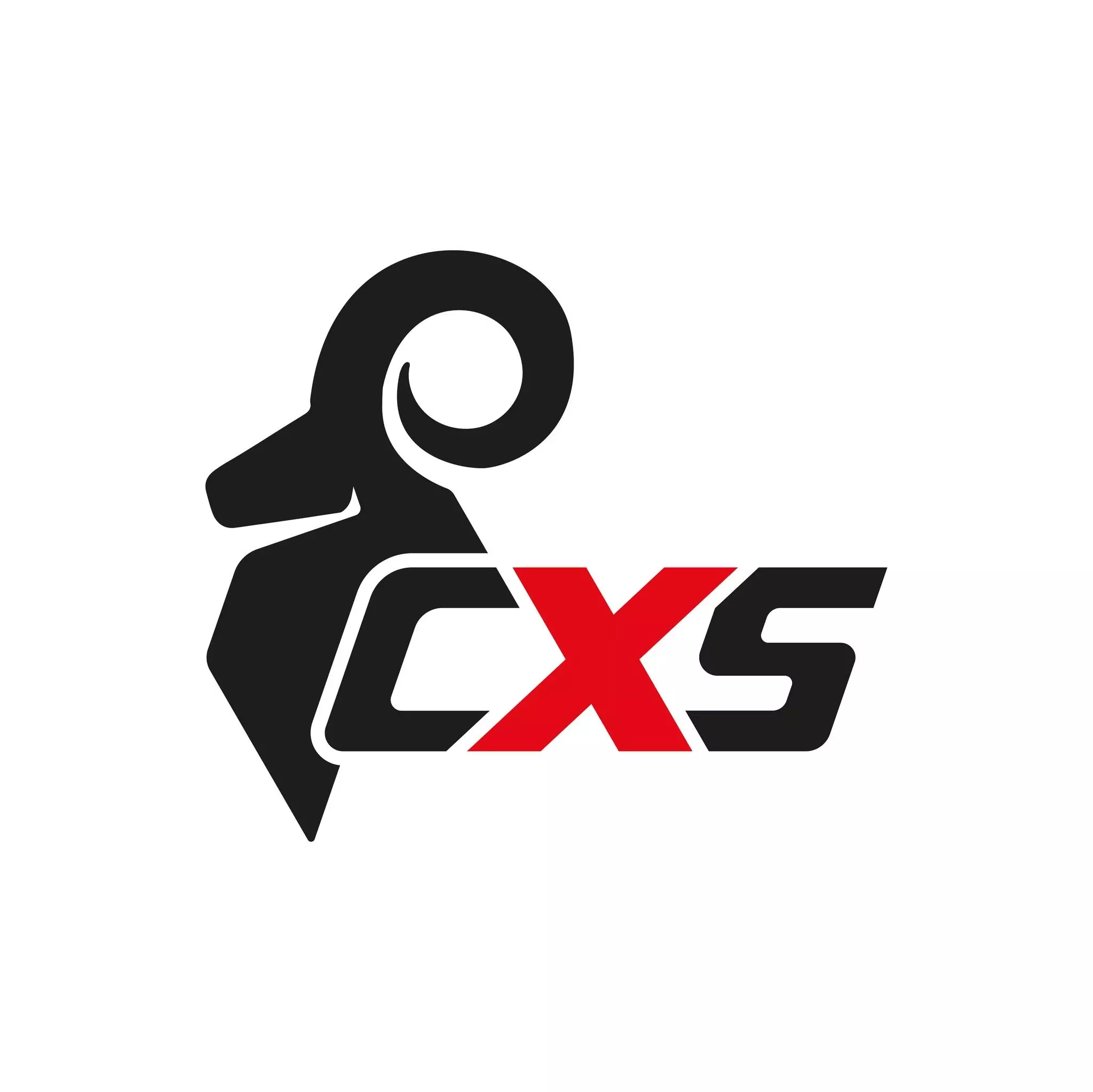CXS Texline Molat Low Footwear S1P
Product description
Product Features:
- Low footwear
- ESD (Electrostatic Discharge) protection
- Perforated design
- Fiberglass toe cap
- Dyna-Flex® midsole
- Reflective accessories
- Washable up to 30°C
Materials:
- Upper: 1.8 - 2.0 mm polyester
- Overcap: Reinforced microfibre
- Lining: 3-layer breathable textile
Outsole:
- PU-PU construction
- Antislip
- Oil resistant
- Antistatic
- Puncture resistant
The material composition of the shoe's bottom portion that determines slip resistance, durability, and protection against workplace hazards like chemicals, heat, or punctures.
The color of the shoe's bottom surface that affects visibility in low-light conditions, complements uniform requirements, and reflects personal style preferences.
The method used to secure the shoe to your foot, affecting ease of putting on/removing, adjustability for comfort, and workplace safety.
Withstands degradation from oil exposure, maintaining sole integrity and extending shoe life. Ensures reliable traction in oily environments.
Reduces impact on feet and joints, lessening fatigue during long hours on hard surfaces. Provides enhanced comfort for demanding work environments.
Offers robust defense against underfoot hazards. A reinforced sole prevents sharp objects from piercing through, protecting feet in risky environments.
Enhances stability on slick surfaces, reducing the risk of slips and falls. Designed for reliable grip and secure footing in various work environments.
- High Visibility
- Impact Resistance
- Electrical Protection
- Slip Resistant
Request a free sample
Test first and buy later. Visit any product page to request your free sample.
Standards and labels
Test results
General Requirements CRThe standard EN ISO 20345:2011 encompasses general requirements for safety footwear to ensure they provide adequate protection in various occupational environments. Rating 'CR' signifies that the footwear has a cut resistant upper ensuring enhanced protection. The test method involves assessing the material's resistance to splitting or cracking under certain conditions, which simulates real-world industrial hazards involving sharp objects or surfaces. Practically, this result ensures that the footwear is suitable for environments where there is a risk of materials splitting or getting caught, thereby providing essential safety benefits to the user.
General Requirements S1PThe EN ISO 20345:2011 standard sets the benchmark for safety footwear designed to protect users from injuries and accidents in diverse environments. The S1P designation under this standard refers to footwear that has 200 joules toe cap, fully enclosed heel, anti-static protection, energy absorption in the heel, and penetration resistant midsole. The test for the S1P requirement involves ensuring that the footwear has a resistant toe cap tested against a 200-joule impact, electrical resistance testing under defined conditions to confirm anti-static properties, and penetration resistance, where the sole is tested against a force of at least 1100 Newtons. Moreover, the heel region of the footwear is required to absorb energy, thereby reducing impact during wear. These criteria make EN ISO 20345:2011 S1P certified footwear ideal for environments where sharp objects, electric charge, and heavy impact risks are prevalent, thereby guaranteeing a high safety standard for wearers in such conditions.
CE Marking is a label that shows a product meets certain safety and environmental standards set by the European Union. To get the CE Marking, a company must test and certify their product meets these standards. CE Marking is required for many products sold in the EU, including electronics, machinery, toys and medical devices. It helps ensure that products are safe for consumers and the environment, and allows for easy trade within the EU.
Textiles are materials made from fibers, such as cotton, wool, or polyester. In Europe, there are rules for how textiles should be made, sold, and labeled. These rules are set by the European Union. These rules ensure that textiles are safe and do not contain harmful chemicals, that they are labeled correctly and that the use of certain dangerous chemicals are banned. These rules are set to protect the health and safety of consumers and the environment. Companies that make or sell textiles in the EU must comply with these rules.
CXS delivery terms
Free delivery when you order more than 150,00 € from CXS
Supplier shipping fee 6,68 €
Brand minimum 50,00 €
47,06 €
Price per pair
47,06 € / pair
Shipping fee is 6,68 € for orders under 150,00 €
Sold in units of one pair
Need larger quantities?
Other products you may like
Recently viewed
Need help?
Get help from our experts
Other products you may like
Similar products you may like
Recommended for you
CXS
Delivery time: 6 business days
Orders from 50,00 €
Supplier shipping fee 6,68 €
Free shipping on orders over 150,00 €



Find +150,000 products from hundreds of brands
Autonomous sourcing platform
The most efficient way to source and order supplies for your operations
Sourcing
Ordering
List products you’re looking for and we’ll find the best products and prices for you – all for free.
Need help?
Get help from our experts


